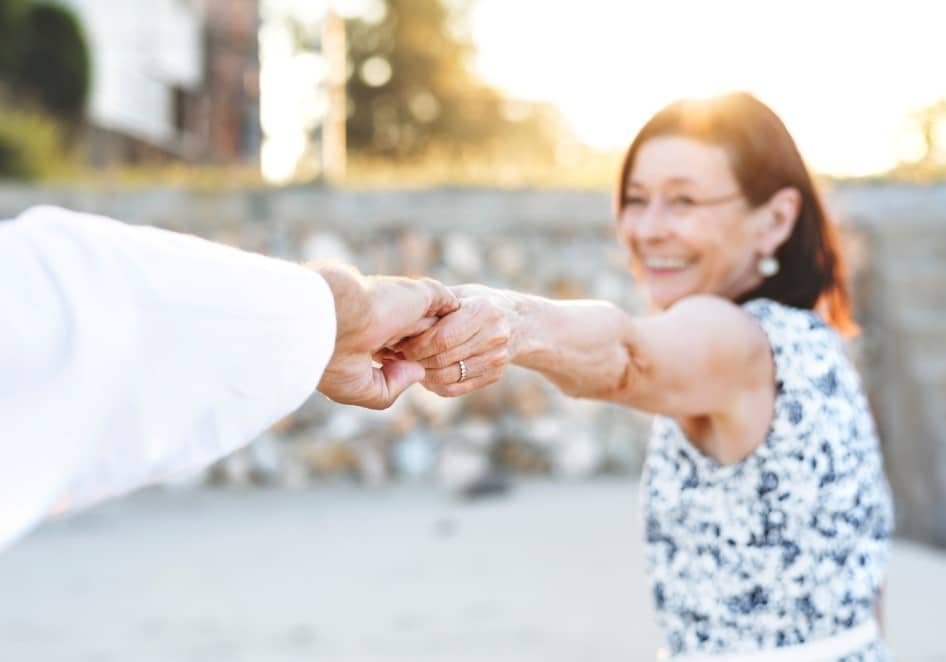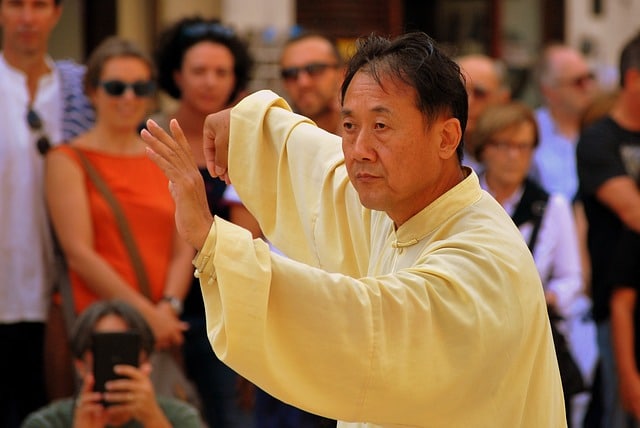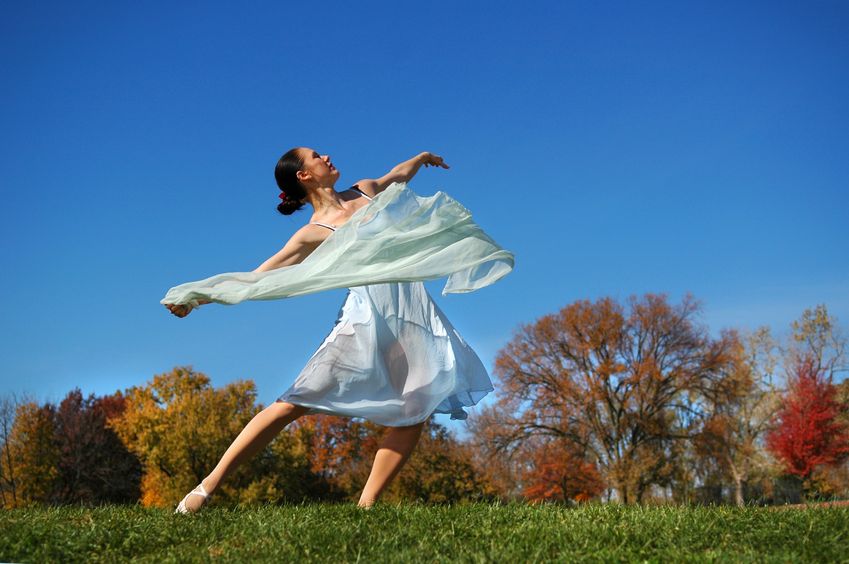Why Older Adults Should Be Dancing

“Dance and movement is the essence of life. One of the forces of life is movement. When you move your body and you move it rhythmically, you’re communicating with yourself, communicating with the environment and communicating at the highest spiritual level,” says Janet Reed on the Documentary of Dances of the Third Age. Dance for older adults might be more appropriate than just physical exercise, for it engages the whole person.
Natural decline or lack of fitness
As you age, your body functions decline. Does this decline happen naturally or is it because of a lack of physical fitness? Evidence is growing in the area of fitness that older adults can age healthily by being continually involved in physical activities. When these physical activities connect body, mind and spirit, they tend to be more sustainable and transformative. Dance is such an activity.
Dance has been an important part of ceremony, rituals, celebrations and entertainment since before the birth of the earliest civilizations according to Wikipedia. In other words, dance is natural; you’re born to dance. Watch a baby. Research shows that babies from age five months respond to the rhythm and tempo of music and find music more engaging than speech.
There are many healthy benefits of dance.
Health benefits of dance for older adults
Physical benefits
The physical benefits of dance for older adults have been well-documented over the years.
For older adults, functional fitness is critical because it can make a difference between being bedridden and being able to perform various activities, including travel, shop, go to worship services, attend medical appointments, and even get out of a chair. According to the Centers for Disease Control, adults should do at least 150 minutes a week of moderate exercise or 75 minutes to 150 minutes of vigorous exercise or an equivalent combination of moderate and vigorous aerobic exercise.
Dance (i.e., aerobic, traditional or social) helps to improve muscular strength, endurance, flexibility, balance and gait ability.

Because fall prevention is a major concern among aging adults, dance has been seen as an appropriate activity for older adults.
A 2006 study found that older social dancers who participated in ballroom dancing, line dancing, swing dancing, for example, had better balance and gait patterns than their counterparts who were non-dancers. The older social dancers also walked faster and had longer steps and strides than the older non-dancers. “These factors contributed to a more stable gait and less vulnerability to falls, and the study, therefore, suggested that dance could be seen as a tool to improve balance and reduce the risk of falls in older people.”
Dancing also improved postural stability and physical performance in older adults. A 2008 comparative study assessed the benefits of social dance. The study consisted of two groups: 202 dancers and 202 community dwelling participants. The participants were between 50 and 87 years of age. The areas examined were walking speed, lower limb reaction time, and low-back flexibility. The study found that dancers older than 60 had better postural stability, speed and reaction time than the non-dancers.
Mental benefits
Many older adults become depressed as they lose mobility. But this does not have to be your story. Dancing not only enhances mobility, it also wards off depression. As the dancer focuses intensely on the present moment, action and awareness emerge. There is a loss of reflective self-consciousness, but there is a heightened sense of personal control as one’s subjective experience of time is changed. This experience becomes intrinsically rewarding. Psychologist Mihály Csíkszentmihályi defines this state as the flow—sometimes referred to as being in your zone.
Dancing allows you to enter a flow. While in the moment, dancers can find relief from depression.
Additionally, dance triggers dopamine—the neurotransmitter associated with pleasure and reward and euphoria-inducing endorphins.
Dancing also improves brain health. Participants in an 18-month study involving older people over the age of 60 took part in a weekly 90-minute dance class or a weekly 90-minute fitness class. Participants in the dance group learned new choreographies and dance styles while participants in the fitness group performed strength, endurance and flexibility training as well as a Nordic Walking program.
Both groups’ brain health and balance were compared with pre-intervention measurements. To measure brain health, each group showed improvements in hippocampus volume (the region of the brain associated with learning and memory), but only the dance group showed increased volume in the right hippocampus. The dance group also outdid the fitness group in balance.
Prior studies have also revealed significant cognitive improvements in older adults. In one study that lasted six months, older adults were randomly selected to be in either a dance group or a non-dance group. The dance group, which met weekly for one hour, showed enhancement in attention, concentration, intelligence, non-verbal learning, and memory.
A new meta-analysis published in December 2018 in the Journal of the American Geriatrics Society found that cognitively intact or impaired older adults who participate in mind-body exercises, such as tai chi and dance body-mind exercises, improved global cognition, cognitive flexibility, working memory, verbal fluency, and learning.

At the Penn Memory Center at University of Pennsylvania, the dance health program is one way they promote brain health among older adults. Classes are offered for a few months and throughout the week. If participants suffer from some cognitive impairment, instructors adjust the classes accordingly. “The classes are open to members of the PMC community who have normal cognition, mild cognitive impairment (MCI), and early stages of Alzheimer’s disease.”
Through these various studies, the mental benefits of dance for aging adults are finally being recognized.
Emotional benefits
Naturally, the emotional benefits follow when the mind finds ease. Older adults report feelings of euphoria, pleasure and joy when they dance.
Queensland Ballet in Australia created a project for aging adults. They designed ten ballet senior classes for three months.
The participants reported that “they found the classes positively euphoric and transformational in the pleasure they felt at being part of such weekly social engagement.”

Social benefits
The ballet study also reinforced the joy and benefits social connections in dance can bring to people’s lives, says Professor Moyle, a board member of Queensland Ballet.
Another study published in Aging and Society also documents that dancing for older adults or those entering third age provides “continuity in change. It offers an opportunity to be sociable and have fun in ways that both reflect, and avowedly move beyond, the dancers’ teenage years. It promotes a welcome sense of a community spirit. It is a way of becoming visible and aesthetically pleasing.”
Finale
Whether you are in a chair or on your feet, dance. Do you have a partner? It doesn’t matter. Dance anyway. Express your inner being. Find that child still within you. And, as Satchel Paige is quoted as saying, “dance like nobody’s watching.”
Leave a Comment
